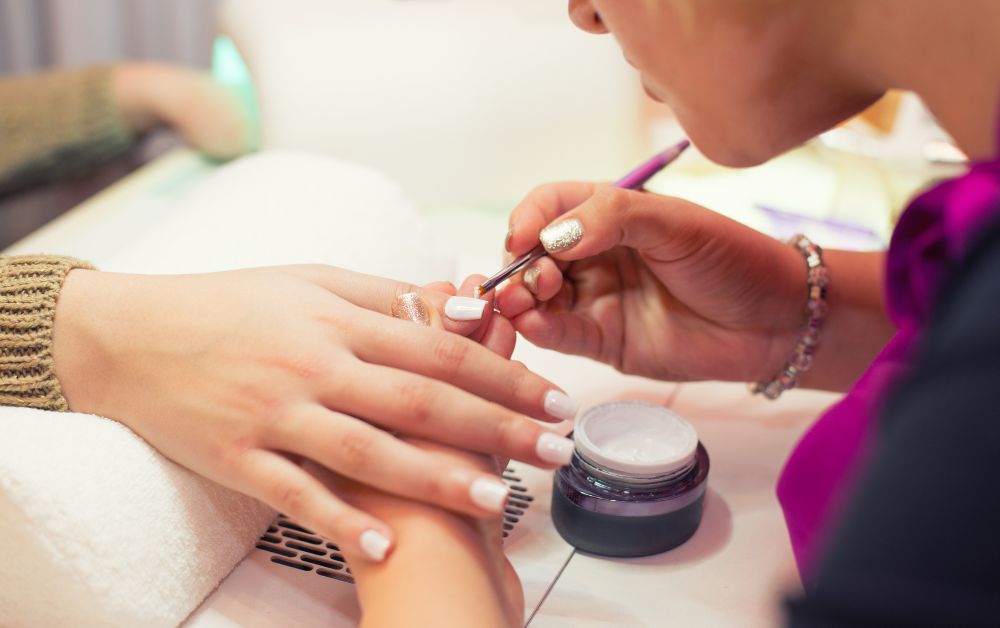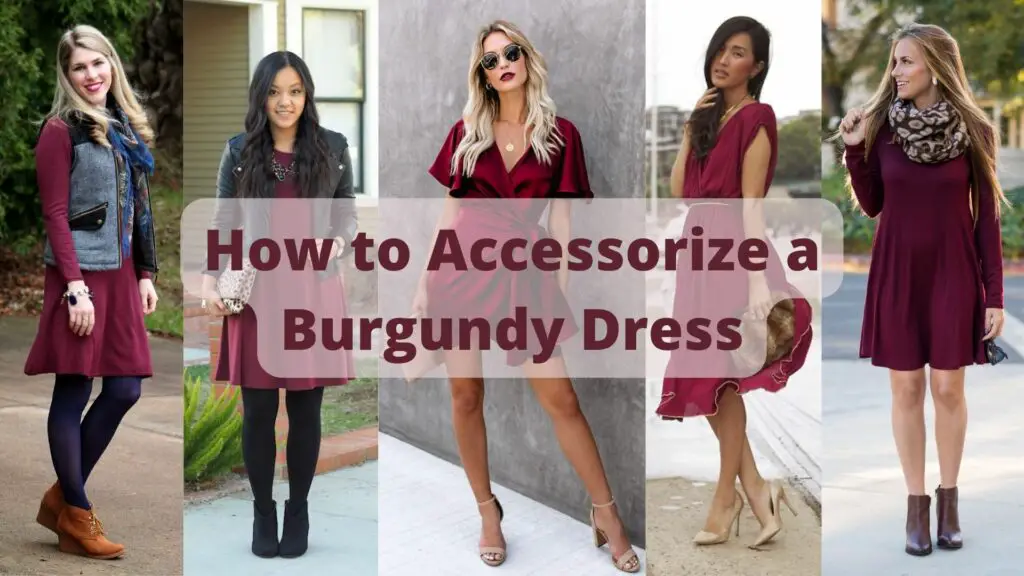A wide variety of lamps are available for curing gels. Nearly 100 other UV nail lamps in Australia seem to make similar promises if you’ve lately looked at them. LED and UV light bulbs are available in various wattage levels and different types of bulbs (LED and UV) and light wavelengths/energy levels. There are also various types of curing methods (one or two-handed, flashlight style, full-size, and four-finger curing) and different types of curing timers (ranging from 10 to 120 seconds).
However, the most critical aspect is that it correctly cures the gel product. If the light fails to cure the gel, then the rest of the functions are of no use whatsoever. Curing lights serve various purposes, so it’s vital to know what to look for when you’re on the market for a new one.
Watts And Wavelengths Of Light Bulbs
A gel company in Florida provided the first UV-curing lamp. On the nail station, there was a massive, single-bulb curing lamp. Two 4-watt fluorescent bulbs emitting UV and visible light were employed in the following stage of curing lighting. However, these bulbs need to be replaced every six months or so.
Since introducing LED-curing lights in gel nail technology in Australia, just a few nail salons still employ 9-watt CFL bulbs. LED lights initially produced the 420 nm and 405 nm wavelengths of light. These wavelengths have a violet hue in the visible spectrum and are hence visible. It’s safe to say that LED-curing technology has evolved dramatically over the last 15 years, and this trend will only continue in the following years.
Several curing lamps on the market now employ two kinds of LEDs. 365 nm, 385 nm, 395 nm, and 395 nm are the wavelengths of the two different types of light emitters. The gels in the UV range cure better when exposed to curing lamps that produce shorter wavelengths of light.
Curing gel depends on the wavelength of energy (or light) being created and how that energy or light reaches the fingernails. The wattage determines how much electricity is utilized by the bulbs.
Be aware that not all lights are created equal and that no two sources of curative energy will ever generate the same quantity of energy. LED emitters (bulbs) in the curing light can also be different, as can their positioning. Curing light performance is also influenced by the distance between the LED emitters and the fingernails.
It’s easy to become lost in the sea of choices in Australia while trying to choose exactly what you require. However, following the recommendations of the gel maker is the best method to pick a light. It is not your job as a nail technician to determine which UV nail lamp in Australia is best for curing a particular brand of gel because the gel producer is ultimately responsible for doing so.
While several curing lights may seem the same, various companies provide different features. Even though they appear identical, these two lights may not be the same. A 48-watt light, for example, should be recommended by the gel manufacturer if they specify that a 48-watt light is needed to cure their products. To receive the most excellent treatment possible, always use the light suggested by the gel manufacturer.
Shopping Suggestions
It’s challenging to decide when so many features are offered on the box. First and foremost, find out what light the gel maker recommends. Check out the curing light’s inside height after that. The cure will be less effective if the light is higher.
Taking a peek inside is also a smart move. What is the number of LEDs in the light? There will be less uniform curing with fewer LEDs. Check to see if the light inside is reflecting. If this isn’t the case, the LED light will be absorbed by the inside, decreasing the light’s curing efficacy.
It’s a good idea to invest in LED curing lights in Australia. It is necessary to change them every two or three years, and it can cost up to $200 to do so. When compared to the 9-watt CLF UV lamps, this is a bargain.
Remember that, despite the lower cost of the UV light itself, the bulbs must be replaced every six months. It cost $60 to replace all four bulbs in the older-style CFL curing lights that required four bulbs, each of which cost $15. Over two years, that works up to $180 in bulbs, in addition to the cost of the light itself. Because of this, each curing light costs about $300.
Because of this, it’s vital to understand that you’ll receive what you pay for when purchasing curing lights online, which can range from $5 to $200. Many inexpensive curing lamps may not have the right wavelength or intensity to cure gel nail products properly.
Nail technicians and clients are more likely to develop an allergy to the items they use if the gels aren’t fully cured. Buying a used curing light is also out of the question for me. It’s impossible to tell how long the curing light has been in use. Thus it’s difficult to know when it should be changed.
Conclusion
Remember to protect your investment at the same time. In cleaning the exterior, use automotive car wax to protect the polished metal interior from cured gels. After the vehicle wax has dried, wipe away the excess from the metal surfaces inside the lamp. Window cleaner can be used to remove the dried gel. Do not use solvents such as acetone to avoid damaging the curing light’s internal components.
Hello there!
I’m Daniel, a dedicated blogger passionate about uncovering unique ideas and the latest trends in the industry. I have a deep interest in sharing these details with all of you.
Through this blog, I aim to provide you with valuable insights and perspectives. Instead of focusing solely on travel and outdoor activities, I delve into diverse topics that captivate your attention. From intriguing news updates to practical money-saving tips, I explore various subjects.
Additionally, I offer detailed reviews of the gear I’ve acquired on my journeys, and I guide you through the step-by-step process of planning an unforgettable trip.
Are you ready to embark on an extraordinary journey? By immersing yourself in this blog, reading it regularly, finding inspiration, and sharing my stories with your friends, you’ll enhance your next adventure, making it truly memorable, enjoyable, and unforgettable.
I appreciate your support!



